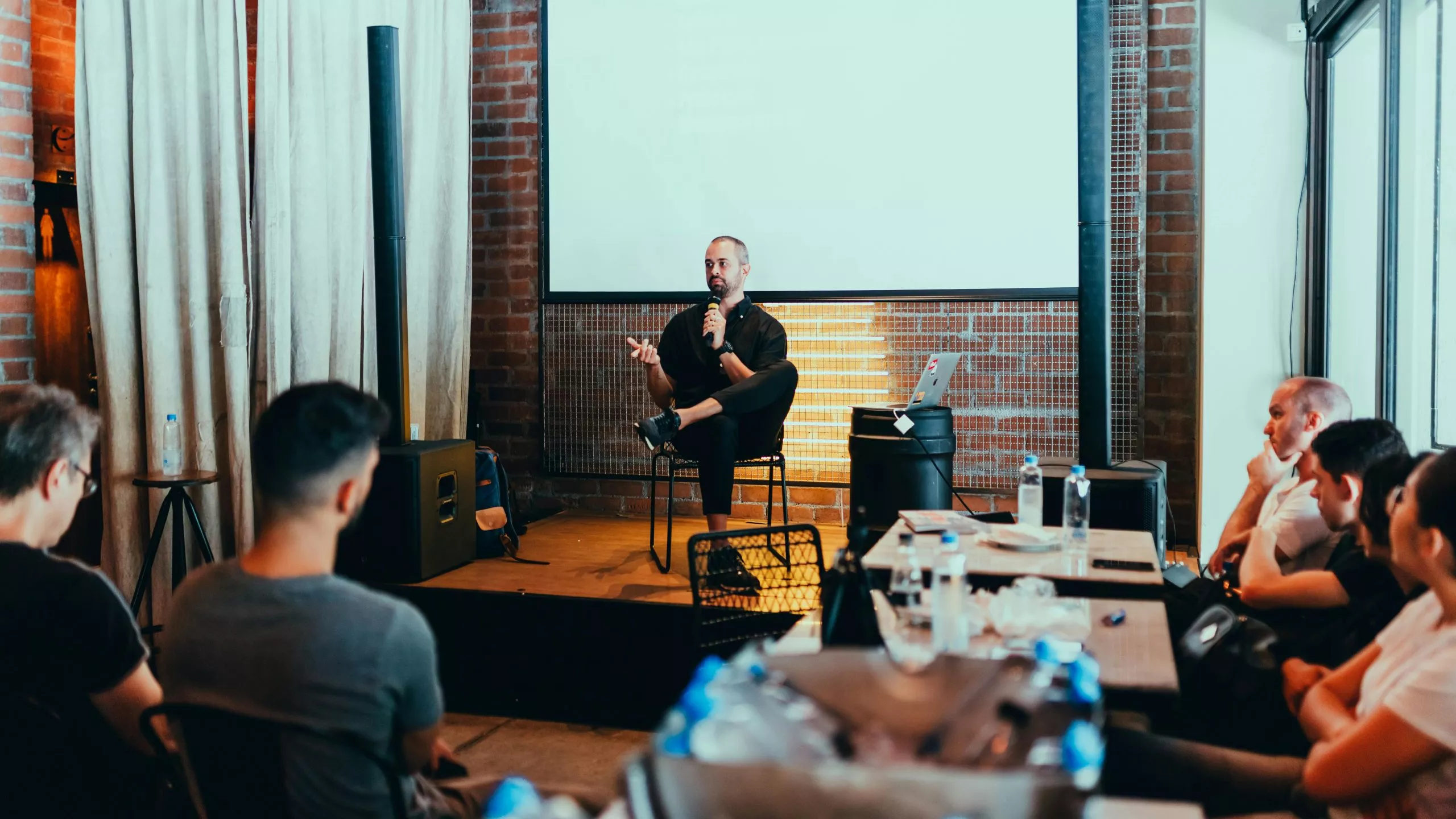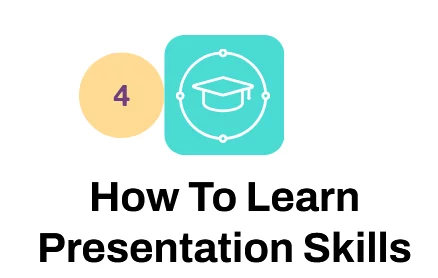
Mastering The Basics of Effective Presentations
Great presentations don’t start with slides – they start with intention.
Early in my career, I believed being prepared meant knowing what to say.
But over time I learned that truly effective presenting is about making people feel something, not just understand something.
Here’s how I’ve refined the fundamentals of presenting over the years, and what I’ve learned from standing in front of audiences big and small.
1. The Silent Setup Technique
Begin your presentation with a few seconds of deliberate silence while scanning the audience.
It centres attention, builds anticipation, and subtly asserts confidence before a single word is spoken.
This pause isn’t dead air, it’s controlled presence, and it immediately shifts the energy from “what is this going to be?” to “this might be worth listening to.”
Takeaway Actions:
- Stand in silence for 3–5 seconds at the start of your next rehearsal and notice how it affects your mindset and pacing.
- Make gentle, deliberate eye contact with 3–4 audience members before speaking to draw them in.
- Use that silent moment to plant your feet, square your posture, and take one slow, full breath.
2. The Scripted Spontaneity Paradox
Rehearsing spontaneity might sound contradictory, but practicing ad-libs, off-the-cuff stories, and transitions lets them feel natural during delivery – even though they’re planned.
Especially for a speech you might give several times, making a moment feel unique is very valuable.
It helps draw people in, making the presentation seem authentic rather than like a check-list.
Understanding your audience is very important for this, and being able to pick up on when they seem bored.
Takeaway Actions:
- Choose one moment in your talk to sound spontaneous, then write it out and rehearse it until it feels natural.
- Have 2 or 3 transitions or reactions memorized that can sound reactive, but are actually ready-made.
- Know your structure well enough to jump forward or skip parts to keep things loose.
3. Embrace The Nerves – They’re a Signal
I still get nervous. Every time. But I’ve come to see it not as fear, but as a sign that I care.
It’s my body reminding me this moment matters.
Some of my most grounded talks started with shaky hands, and ended with standing ovations.
The adrenaline can be fuel if you learn how to ride the wave rather than fight it.
Takeaway Actions:
- Use breathing exercises 5 minutes before going on stage.
- Reframe anxiety as excitement: “I’m ready,” not “I’m scared.”
- Build your self-confidence, so nerves don’t stop you altogether.
4. Voice As A Character, Not A Tool
Your vocal delivery should act out emotions, not just narrate them.
Think of your voice as a character performing a role, adjusting tempo, pitch, and cadence to reflect each point’s emotional weight.
Imagine a great actor. They don’t just read off the script.
They understand their script, what it wants to accomplish, and then make a clear plan on how to do it.
Takeaway Actions:
- Read through your script and think about what it’s meant to accomplish.
- Adjust your tempo, pitch and cadence to achieve that.
- Try out different voices, and think about how they affect what you say
5. Use Slides As Support, Not Crutches
There’s a reason I sometimes ditch slides entirely – they will distract from your message if not used with intention.
Visuals should amplify your point, not compete with it.
In fact, if your slides disappeared mid-presentation, could you still deliver your message? That’s your real test of readiness.
Takeaway Actions:
- Stick to one message per slide.
- Avoid full sentences—use keywords or images.
- Be ready to present even if tech fails.
6. Engage The Room, Not Just the Script
The biggest mistake I see presenters make is treating a talk like a monologue.
A presentation is a conversation – just one where you’re doing most of the talking.
Real connection happens when you treat your audience like collaborators, not spectators.
Every room has a rhythm, and you can learn to tune into it. Our presentation skills course will give you practical tips on how you can do this.
Takeaway Actions:
- Make eye contact with individuals, not sections.
- Ask rhetorical questions to keep engagement high.
- Watch for audience cues and adjust – energy is contagious.
7. Close With A Spark, Not A Slide
I’ve ended talks with tears, with laughter, and with silence.
But the best endings always left people with something to carry forward – not just a summary slide.
The closing moments are your last chance to create resonance.
Don’t waste them recapping – leave them with a reason to care and a path forward.
Takeaway Actions:
- End with a call to action or reflection.
- Reinforce your “why” one last time.
- Leave space for the message to land—don’t rush your final words.
Final Thought
Mastering presentations isn’t about just learning your script.
It’s about becoming a communicator of ideas that matter.
That’s something anyone can do – with intention, reflection, and just enough courage to keep showing up.
- Facebook: https://www.facebook.com/profile.php?id=100066814899655
- X (Twitter): https://twitter.com/AcuityTraining
- LinkedIn: https://www.linkedin.com/company/acuity-training/






